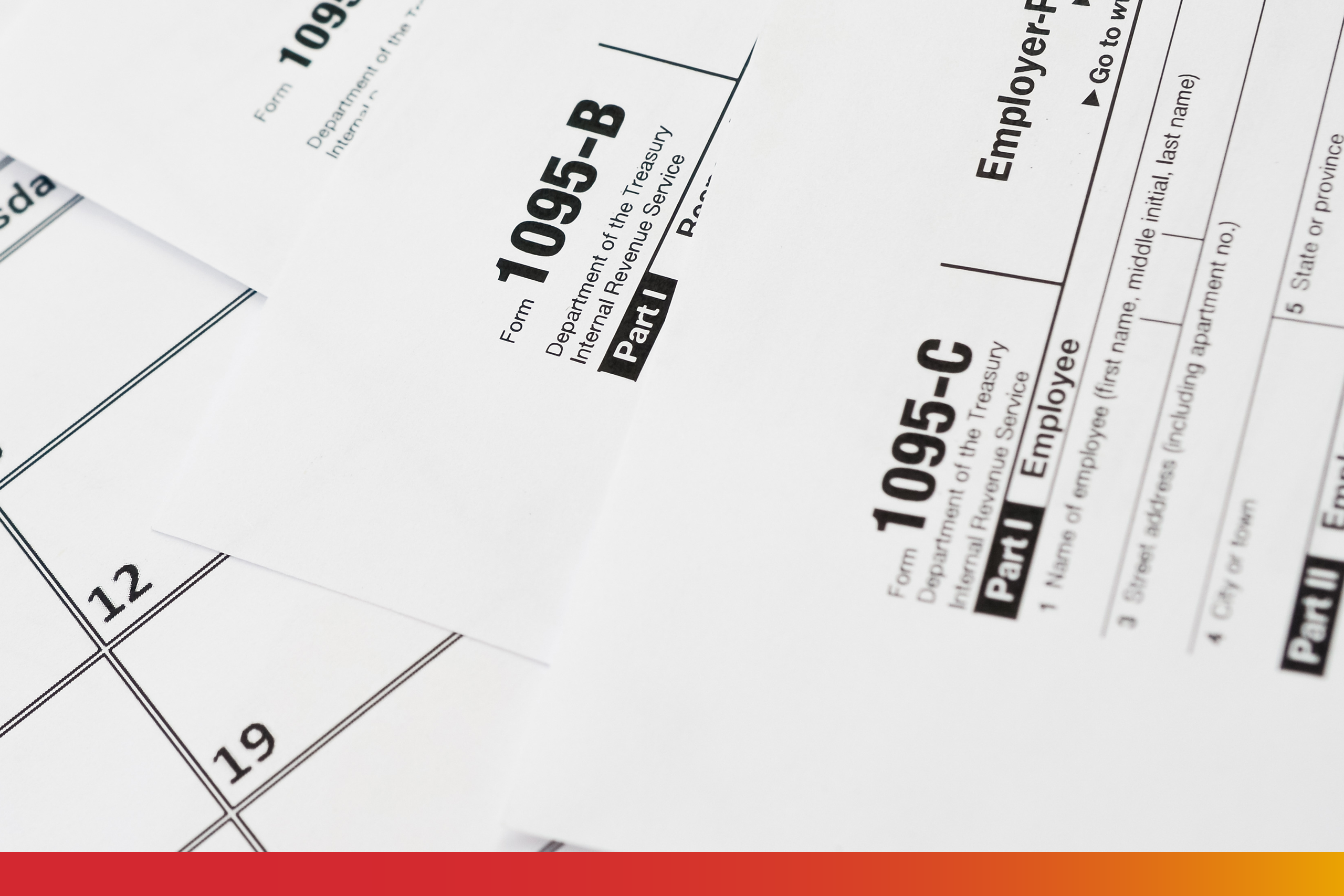
As the end of the calendar year approaches, it’s essential to take full advantage of the employee benefits that may reset on January 1. Whether it’s your flexible spending account (FSA), dependent care flexible spending account (DCFSA), dental insurance, or vision insurance, now is the time to ensure you’re making the most of what’s available to you. Here’s how to utilize these benefits effectively before the year ends.
Flexible Spending Account (FSA)
An FSA allows you to set aside pre-tax dollars for eligible medical expenses. Since these funds typically don’t roll over into the next calendar year, it’s crucial to spend them wisely. Here are some tips:
- Schedule Appointments: If you have outstanding medical needs, be sure to schedule your appointments before the year ends. This may include routine check-ups or any necessary procedures. Remember, your FSA can help cover eligible expenses, such as copays and prescription medications, making it easier to manage your healthcare costs.
- Stock Up on Supplies: Purchase eligible items through the FSA Store, such as first-aid supplies, contact lens solution, or even sunscreen, to use your remaining balance.
Note: While a flexible spending account (FSA) allows you to set aside pre-tax dollars for eligible medical expenses, it’s important to note that funds typically do not roll over into the next plan year. Therefore, any unused funds at the end of the plan year may be forfeited. Some FSAs may offer a grace period of up to two and a half months after the end of the plan year, allowing you to incur eligible expenses during that time. Alternatively, some FSAs may include a rollover provision, which allows you to carry over a certain amount of unused funds to the next plan year, subject to the maximum limit set by the Internal Revenue Service (IRS). However, these options are not guaranteed and varies by employer. Review your specific FSA plan for details to understand your options.
Dependent Care Flexible Spending Account (DCFSA)
If you have children or dependents, a DCFSA can help you save on childcare costs. Similar to an FSA, funds in a DCFSA typically do not roll over to the next calendar year, so consider the following:
- Plan for Childcare Expenses: Review your childcare expenses for the year and ensure you’re submitting claims for any eligible costs incurred.
- Utilize Care Services: If you have unused funds, consider enrolling your child in a holiday camp or after-school program to maximize your benefits.
Note: The rollover option does not typically apply to dependent care flexible spending accounts (DCFSA). Unused funds in a DCFSA are generally forfeited at the end of the plan year. However, some DCFSA plans do offer a grace period of up to two and a half months after the plan year ends, during which you can incur eligible expenses and use any remaining funds from the previous year. Review your specific DCFSA plan for details to understand your options.
Dental Insurance
Dental insurance often operates on a calendar year with an annual limit. To make the most of your coverage, be sure to utilize your benefits before they reset:
- Schedule Routine Cleanings: If you haven’t had your biannual cleaning yet, now’s the time to book an appointment. Preventive care is usually fully covered, so take advantage of it!
- Address Any Dental Issues: If you’ve been putting off dental work, such as fillings or crowns, consider scheduling these procedures before the year ends to utilize your benefits. You might also think about splitting up non-emergency treatments between the end of this calendar year and the beginning of the next. This way, you can maximize your coverage and ensure you don’t miss out on any benefits before they reset. Please consult with your dentist to determine the best approach for your specific needs.
Vision Insurance
Like dental insurance, vision benefits often reset at the end of the calendar year. Here’s how to maximize your vision coverage:
- Get an Eye Exam: If you haven’t had an eye exam this year, schedule one soon. Many plans cover the cost of an annual exam.
- Update Your Eyewear: If you need new glasses or contacts, use your vision benefits to purchase them before the year ends. Check if your plan offers discounts on frames or lenses.
Note: Please check your policy’s effective dates for the end of the plan year, as some dental and vision plans do not operate on a calendar year.
As the calendar year ends, take the time to review your benefits and make the most of what’s available. By utilizing your FSA, DCFSA, dental, and vision insurance, you can save money and ensure you’re taking care of your health and well-being.
Partnering with Pierce Group Benefits
At PGB, our dedicated team is committed to empowering clients’ employees to effectively utilize their employee benefits. If you have questions about how the end of the calendar year affects your benefits, contact your dedicated Pierce Group Benefits Account Executive or reach out to a PGB Representative at partnership@piercegroupbenefits.com for further information.














